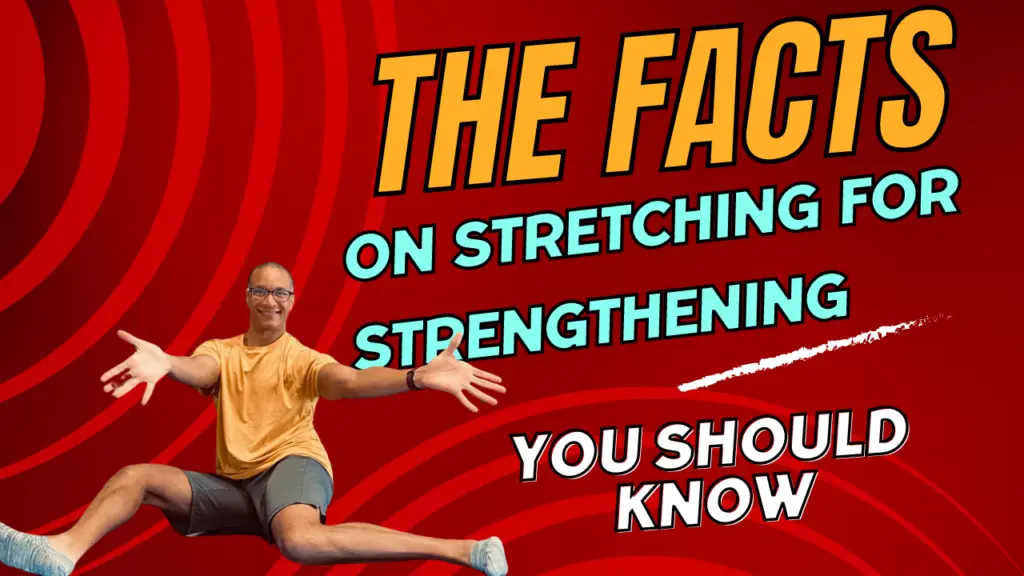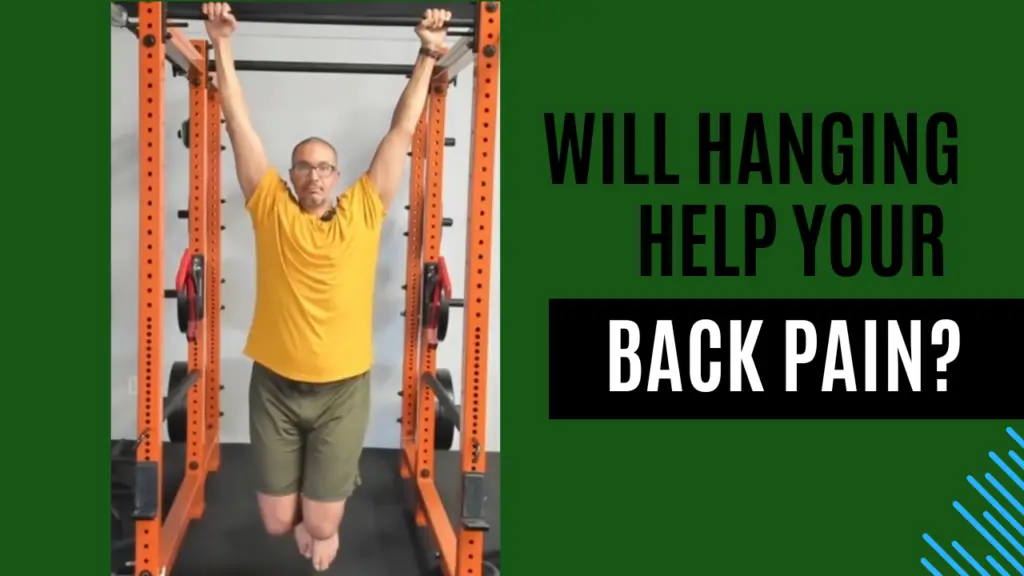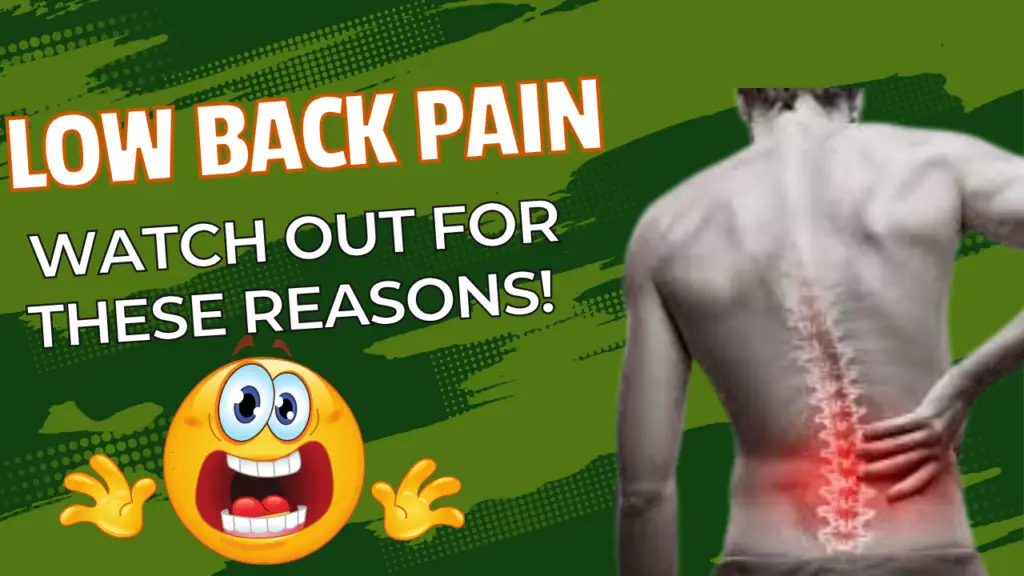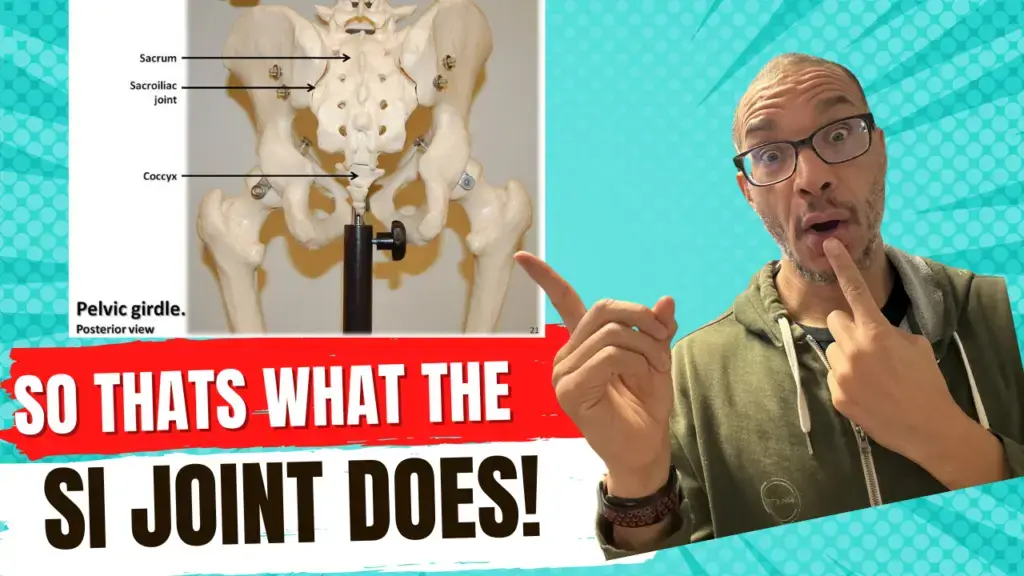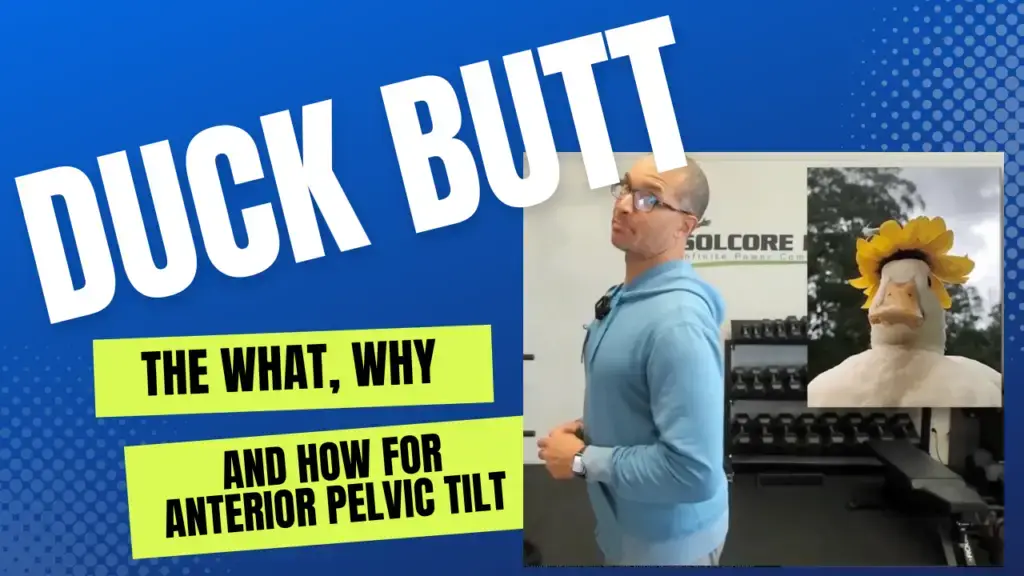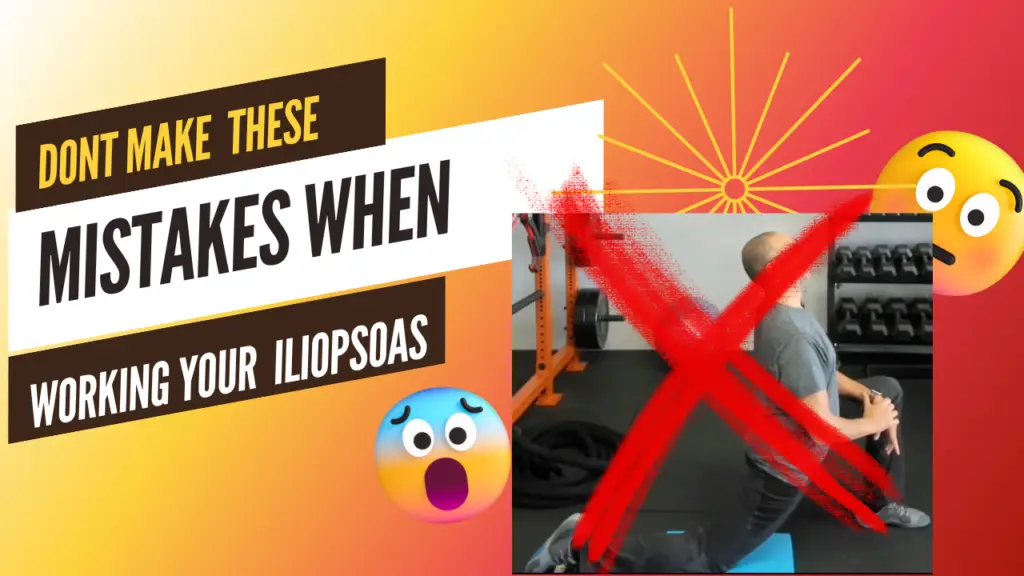Are you frustrated with not being able to perform at your best? Feel like you’re slowing down—even though you’re staying active and getting treatment?
Age might not be the issue.
In fact, one of the most overlooked reasons for stagnation or recurring pain is the lack of specific exercises following therapy. It’s the critical link between feeling better for a moment… and functioning better long term.
Let’s break it down.
Click on the image to watch the full video
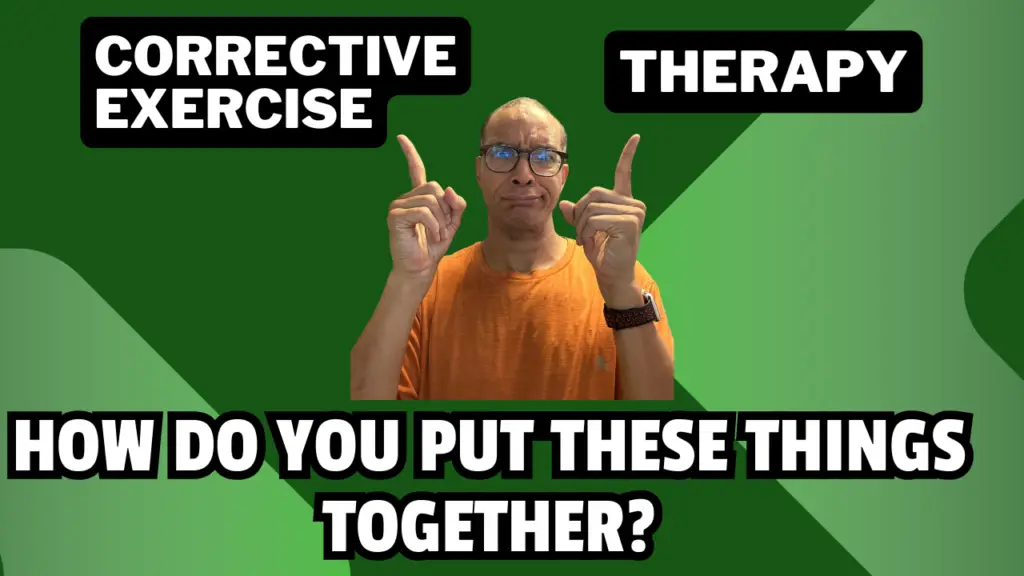
Most Treatment Programs Miss This One Thing
I’m Ekemba Sooh, owner of SolCore Fitness and a Soma therapist and Soma trainer with over 30 years of experience. I’ve seen this pattern time and time again.
People receive treatment—massage, chiropractic, acupuncture, or even physical therapy—and then one of two things happens:
- They’re sent on their way with no follow-up.
- They’re handed a generic exercise sheet that’s not specific to them.
Sound familiar?
These routines might offer temporary relief, but they’re built on a symptom-based system. And that’s the problem. You’re more than your symptom. You’re a whole body.
Symptom-Free ≠ Problem Solved
When pain fades, most people assume the issue is gone. But unless the root cause is addressed, it’s still there—just quiet. And it will come back. It always does.
Worse, each recurrence makes the issue harder to treat. Your body adapts to dysfunction just like it does to training. Without correction, poor structure becomes your new baseline.
That’s why therapy and exercise for peak performance must go hand-in-hand—and both must be specific to you.
Why General Programs Fail (and Make You Worse)
Life brings wear and tear—whether you’re working at a desk, raising kids, or playing sports. That wear accumulates. If you don’t balance your body along the way, the result is:
- Tight hips
- Back pain
- Forward head posture
- Decreased mobility
- Chronic injuries
And if you keep exercising on top of this dysfunction—without addressing the imbalance—you’re reinforcing bad patterns.
Example: My Own Injury and the Flawed System
In my 30s, I developed sciatic pain and disc compression at L4/L5, despite doing “everything right.” I was eating well, staying hydrated, and working out. But I wasn’t doing what my body needed.
I was given cookie-cutter solutions: press-ups, clamshells, stretches everyone gets. They didn’t help. In fact, they made it worse.
Only when I found Soma therapy and training—and began addressing my specific structure—did my body begin to change.
I wish I had this great page on OMT to help me see more on what therapy should be like. Check it out
Real Case: IT Band Pain and the Specific Fix
A client came in with IT band pain. The usual answer? Foam roll it. Maybe do clamshells. But that misses the point.
The IT band is part of a fascial network involving the glute med, glute max, TFL, and fascia lata. Each has different fibers and insertion points—and each needs to be treated differently depending on the cause.
Instead of loading an already inflamed area, we focused on:
- Releasing tension with specific myofascial stretches
- Avoiding overstimulation
- Training fiber angles based on posture and tension patterns
That’s the level of specificity you need to actually heal.
A Preventive Approach That Works Long-Term
Imagine you’re 25, starting a desk job, and staying active. If you paired that lifestyle with monthly manual therapy and a 15-minute, personalized movement program 3x per week, you’d stay mostly balanced for years.
Compare that to the common story:
You work hard, never pause to rebalance, train through dysfunction, and wake up at 45 with chronic pain and poor posture. Now, reversing decades of adaptation is a long, frustrating road.
It didn’t have to be that way.
The Takeaway
You can’t train your body like a machine and expect peak performance without maintenance. Your body needs love, balance, and the right kind of input.
✅ Therapy without exercise is incomplete.
✅ Exercise without specificity is damaging.
✅ Together—and done right—they unlock your potential.
💬 What You Can Do Next
If you want a smarter, sustainable path forward, here are your options:
- 🎁 Download my free guide: 4 Steps to a Strong, Pain-Free Body to Live the Life You Choose
- 📞 Book a free consultation: We’ll talk about your goals, history, and sticking points—and I’ll help you find the next best step. Book Here
- 💬 Drop your questions below: I respond personally and want to help you move forward
Let’s stop reacting and start building a body that works for the long haul.
it’s not just working out, it’s building a foundation for a better life.
Find out more @


